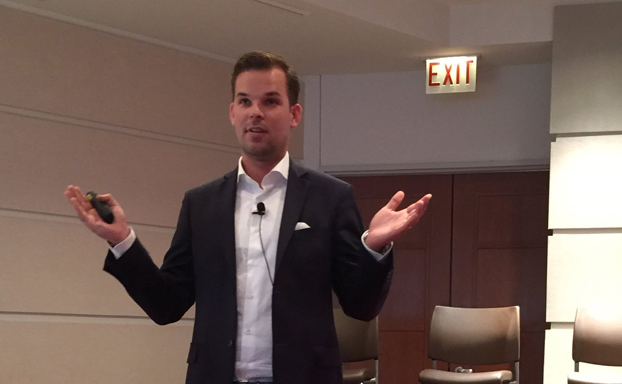According to Unacast CEO Thomas Walle, proximity sensors (beacons) deployed globally grew 33% in Q2 2016 to 8.27 million sensors. The growth has been rapid, but Walle expects it to increase significantly now that Apple has removed the iPhone headphone jack.
Future iPhones will rely on Bluetooth to connect with headphones and this is good for the beacon space as Bluetooth is a prerequisite for utilizing beacons. In addition, Walle said that the tech is improving with Bluetooth 5.0 being faster, higher range and has 800% of the broadcasting capacity than the previous version.
Walle shared a case study with the Orlando Magic. The professional basketball team hired a beacon provider and connected these devices with the team’s mobile app. The team engaged the audience while at the games to improve the stadium experience and saw app adoption of 30%. The final result was over $1 million in season ticket upgrades.
He also shared a number of interesting stats from the data Unacast (Proxbook) collects from the 60 proximity vendors they work with:
- 76% use proximity sensors for analytics, 39% for proximity ad networks, 24% for online retargeting and 11% for data monetization.
- Beacons are most popular in the Retail, Shopping Mall and Hotel/Tourism industries.
- The MLB, NBA, NHL and NFL are giving proximity/beacon products a try to varying degrees with varying use cases.
Here is what Walle says is next for the beacon industry:
- Bluetooth will boom
- Beacons will be way more than push notifications (Analytics, retargeting, attribution)
- Hardware will be key as providers improve products



